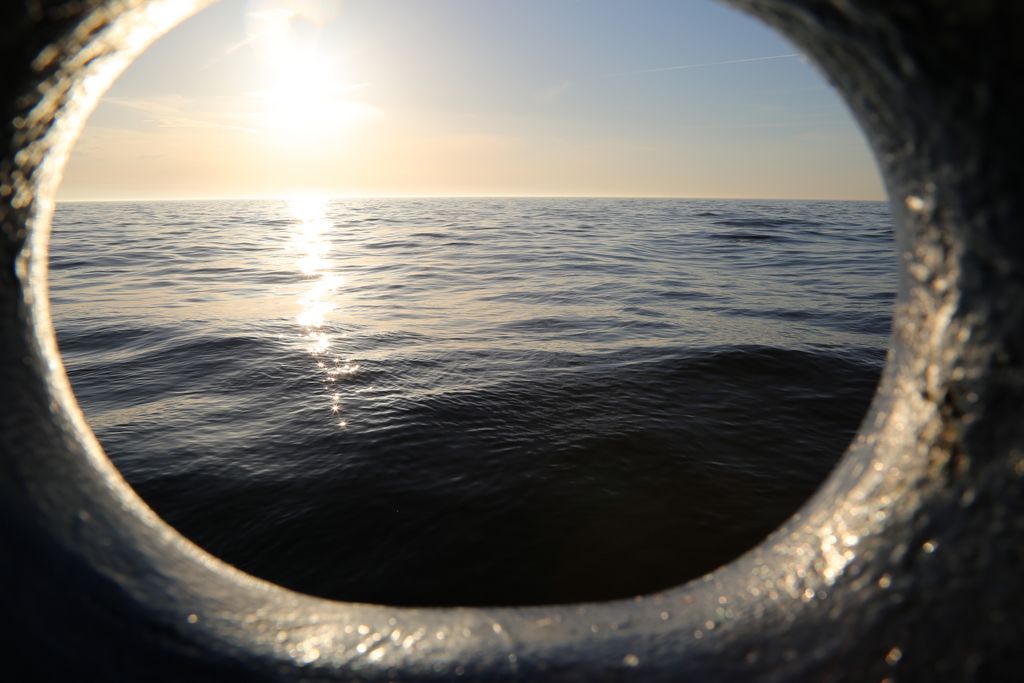At first glance, the Baltic Sea seems to be rather uninteresting for scientists working on global ocean topics. It is comparatively shallow, has a low salinity and only a very narrow connection to the North Atlantic. This impression is missleading. In the current issue of the international journal Science Advances, 26 authors from 21 scientific institutions in seven countries appeal to the greater scientific community and policy makers to use experience from the Baltic Sea Region as a model for coming changes in the World Ocean.
The scientists argue that changes that are only expected for the future in the global ocean can already be observed in the Baltic today.
As examples, the oceans have warmed by an average of 0.5°C over the past 30 years, while in the same period, time-series measurements in the Baltic Sea have recorded warming of around 1.5°C. Likewise, there are large oxygen-free zones in the deep areas of the Baltic Sea, which have increased tenfold over the past century; and the pH—a measure of ocean acidification—of Baltic waters regularly reaches values that are expected in other ocean areas only in the next century.
On the one hand, these extremes are caused by the particular basin topography of the Baltic Sea. On the other hand, intensive use by humans continues to accelerate negative changes. Nine countries border on the Baltic Sea directly and all are highly industrialized, with densely populated coastal regions. Moreover, intensive agriculture in the catchment area ensures high nutrient runoff, while equally intensive fisheries puts pressure on the pelagic food-web.
However, the Baltic Sea is one of the best-surveyed seas on Earth. Scientific observation and monitoring of physical and biological processes began around 1900. There is a strong tradition in scientific co-operation among many countries surrounding the Baltic, culminating in the implementation of the joint Baltic Sea research and development programme BONUS of the European Union, a dedicated macro-regional research agenda and funding scheme that also enabled the present study. These data provide a sound basis for science-based resource management.
Among the management success stories: the bordering countries have managed to significantly reduce nutrient inputs since the 1980s, to reverse the decline of large predators, and to curb overfishing. This has been achieved through the binding agreements within the framework of the European Union, but also thanks to the ambitious goals of the Baltic Sea Action Plan (BSAP), which included Russia, even before the end of the Cold War. In fisheries, the protection of capture fisheries, marine mammals and bird populations among the perimeter countries have led to measurable improvements of existing stocks.
Overfishing, warming, acidification, pollution, eutrophication, loss of oxygen, intensive use of coasts—all these are phenomena that can be observed worldwide. Because they have been particularly extreme in the Baltic, but also because some key problems were successfully addressed, the experience from the Baltic can show us what to expect and how to respond to the challenges of the future to achieve the conservation of oceans and sustainable use of marine resources.”
Reference: Reusch, T. H. B., J. Dierking, H. Andersson, E. Bonsdorff, J. Carstensen, M. Casini, M. Czajkowski, B. Hasler, K. Hinsby, K. Hyytiäinen, K. Johannesson, S. Jomaa, V. Jormalainen, H. Kuosa, S. Kurland, L. Laikre, B. R. MacKenzie, P. Margonski, F. Melzner, D. Oesterwind, H. Ojaveer, J. C. Refsgaard, A. Sandström, G. Schwarz, K. Tonderski, M. Winder, M. Zandersen (2018): The Baltic Sea as a time machine for the future coastal ocean. Sci. Adv. 2018;4: dx.doi.org/10.1126/sciadv.aar8195

![[Translate to English:] [Translate to English:]](/media/_processed_/d/7/csm_Startseite-OF_03_c0dfd6e750.png)
![[Translate to English:] [Translate to English:]](/media/_processed_/a/3/csm_20181116-151457-Stella-Jerome-Fischfalle-Warnem%C3%BCnde-Dorsche-im-Netzk%C3%A4fig-5691_heller_3050c72fa2.png)





